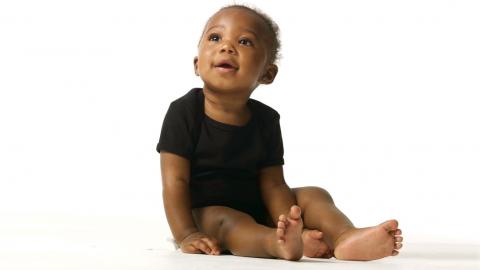Chest compressions for infants
Comment
Richard Pass, RN, Registered Nurse & CPR Expert, shares advice for parents on how to properly perform CPR on infants
160
Transcription:
Well I'd like to address this question of the potential for injury to the chest wall in infants and children, or anyone for that matter, receiving CPR. It's very well established that the absence of pushing, or not doing any of this is far more dangerous than pushing on someone's chest. No one dies from receiving CPR. And it is an essential thing.
Now the benefit of this for infants and children is that they have very malleable, very bendy bones. And they tend to not break.
We use a principle of pushing about a third of the depth of the chest wall on all pediatric victims, up to the age of about 8. That means that on this infant, I'm pushing straight down what is approximately a third of the depth and then I allow for this recoil.
if this were to be a bigger baby or child, I would probably be using part of the heel of my hand and pushing like that.
So there's a great similar in the way we approach people, but the exact method for how we move the chest wall will vary to some extent, just based on their size.
Richard Pass, RN, Registered Nurse & CPR Expert, shares advice for parents on how to properly perform CPR on infants
Related Videos
Transcript
Expert Bio
More from Expert
Richard Pass, RNRegistered Nurse & CPR Expert
Richard Pass, RN, BS, was born in Los Angeles. He studied nursing in Portland, Oregon and has since practiced nursing for 35 years, including ICU, Emergency, and Cardiology nursing. Richard started his CPR & Family Safety educational company, Save a Little Life, Inc., in 1999. With Save a Little Life, Inc., Richard presents house calls and classes all over the Los Angeles area. He teaches medical-surgical nursing at California State University, and is married with two grown children and one grandchild.




 GET ACCESS TO ALL PREMIUM CONTENT WITH NO ADS FOR $4.99/MONTH
GET ACCESS TO ALL PREMIUM CONTENT WITH NO ADS FOR $4.99/MONTH




Login or Register to view and post comments